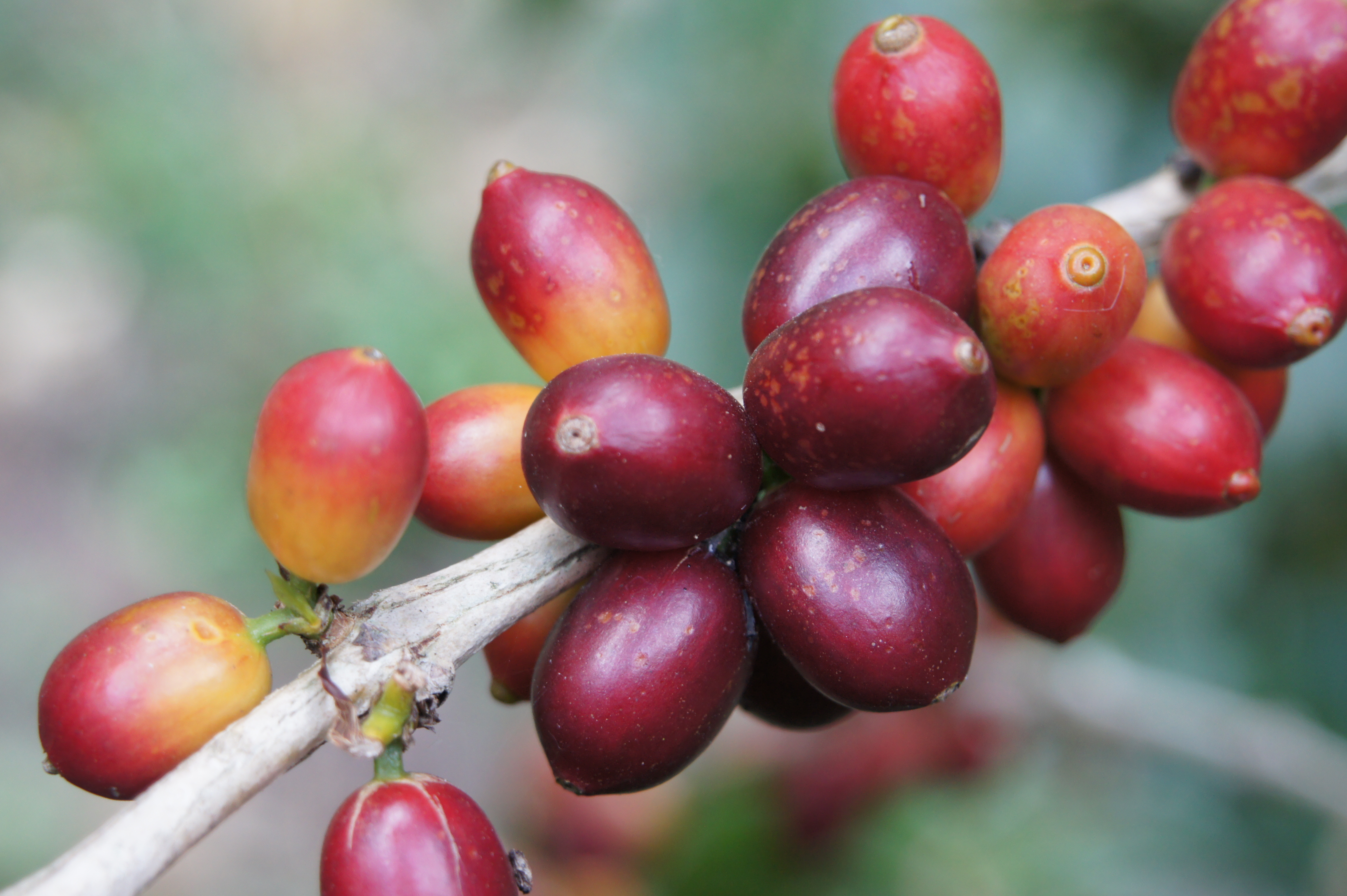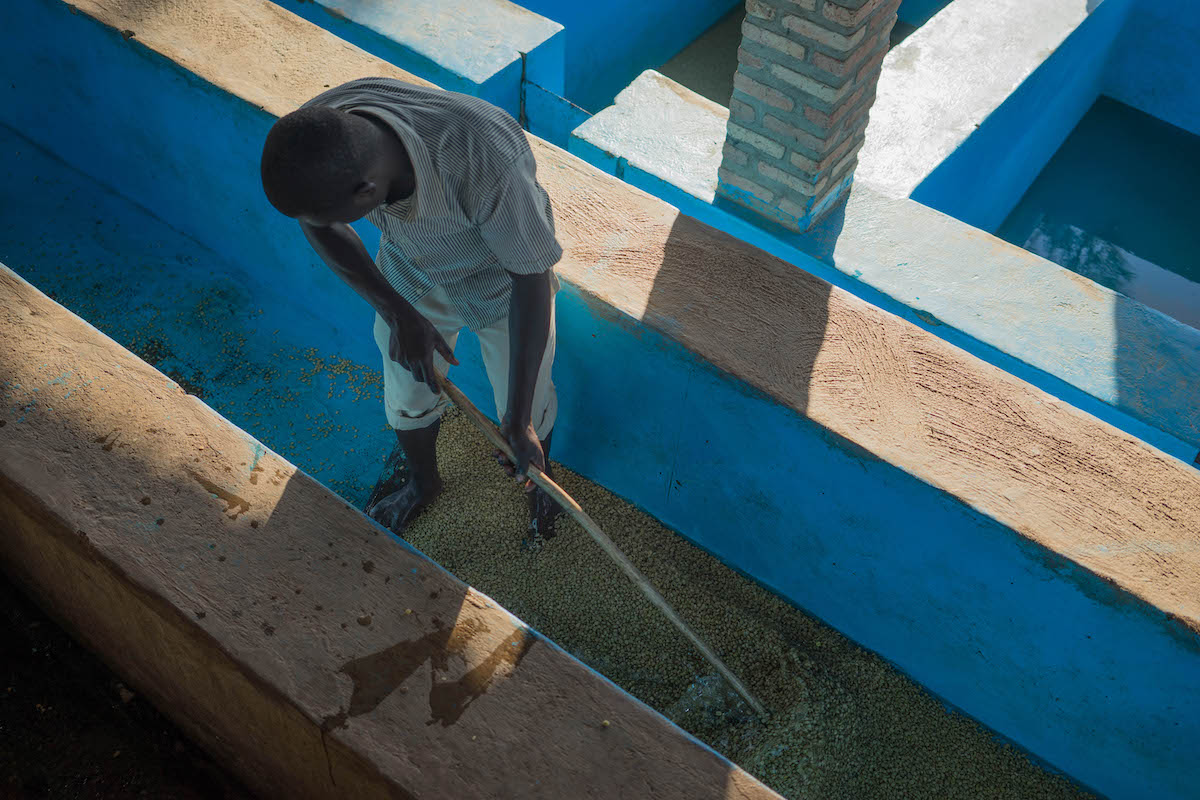Our third transparency overview with prices paid to farmers in Ethiopia is now available. It explains how we work in Ethiopia, the suppliers we work with, and the complicated journey our coffees take from farm to port. The overview also includes average prices paid to farmers in each region and the FOB price for all coffees we purchased from Ethiopia during the 2019/2020 harvest.
Ethiopia is a complicated country and our largest origin in volume. The country exports such large quantities of coffee within a system that is strictly regulated and ever changing. Ethiopian coffee farmers are typically smallholders with around one quarter to two hectares of land. Farmers grow and pick the cherries, then sell the cherries to a local washing station. These stations can be independent businesses, owned by a farmer cooperative, or vertically integrated with an exporter. The washing stations process the cherries and dry the coffee, to the parchment stage.
The price the farmer earns for their cherries depends mostly on supply and demand. The Ethiopian government sets a minimum regional cherry price at the beginning of the season. Within each region, washing stations compete for cherry. Prices change daily and depending on the size and importance of the buyer, it can have a vast regional effect on what a farmer earns.
Before diving into the price data, we invite you to learn about the value chain, how prices are determined, and who adds value at each step.


0 Comments